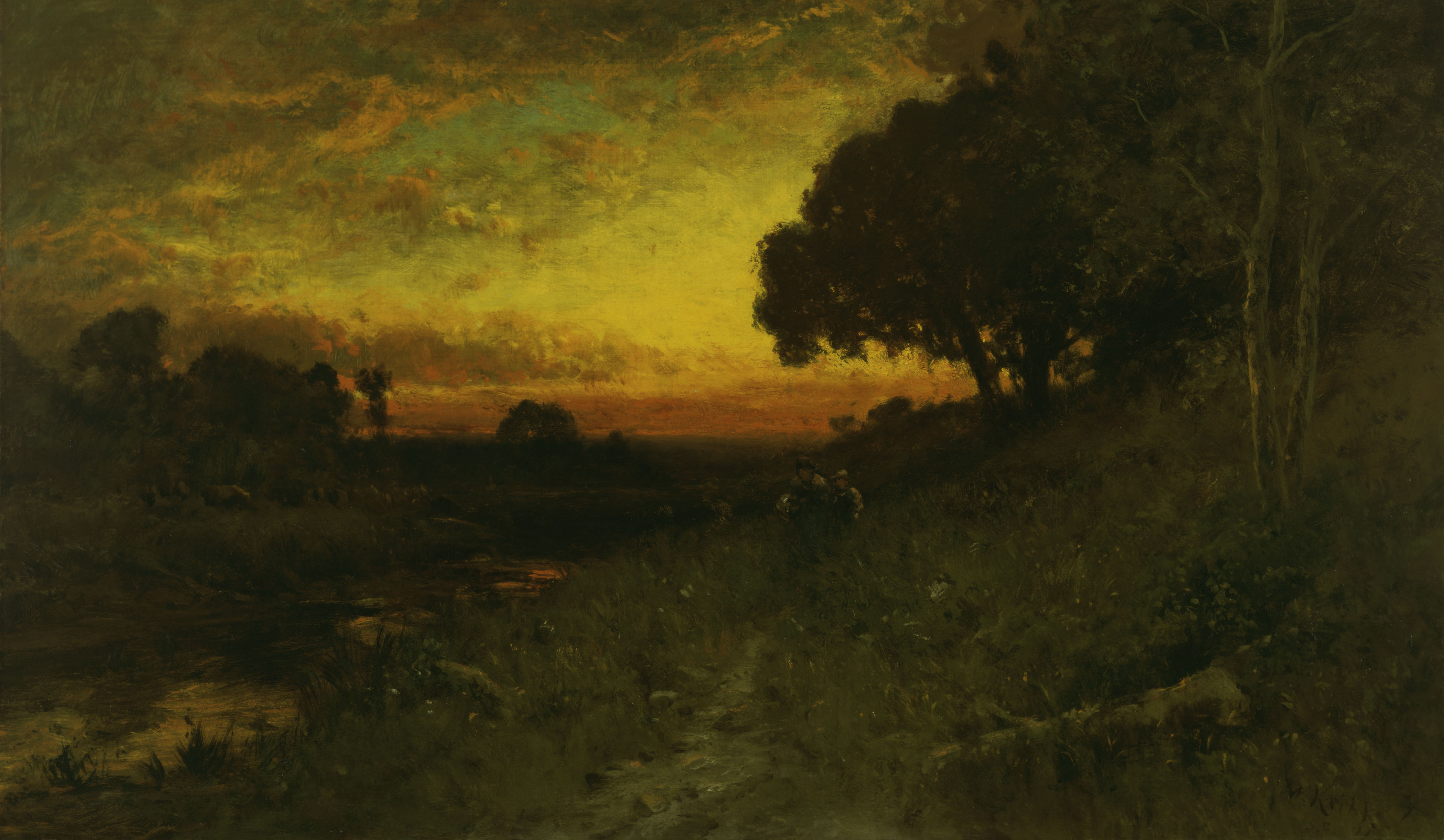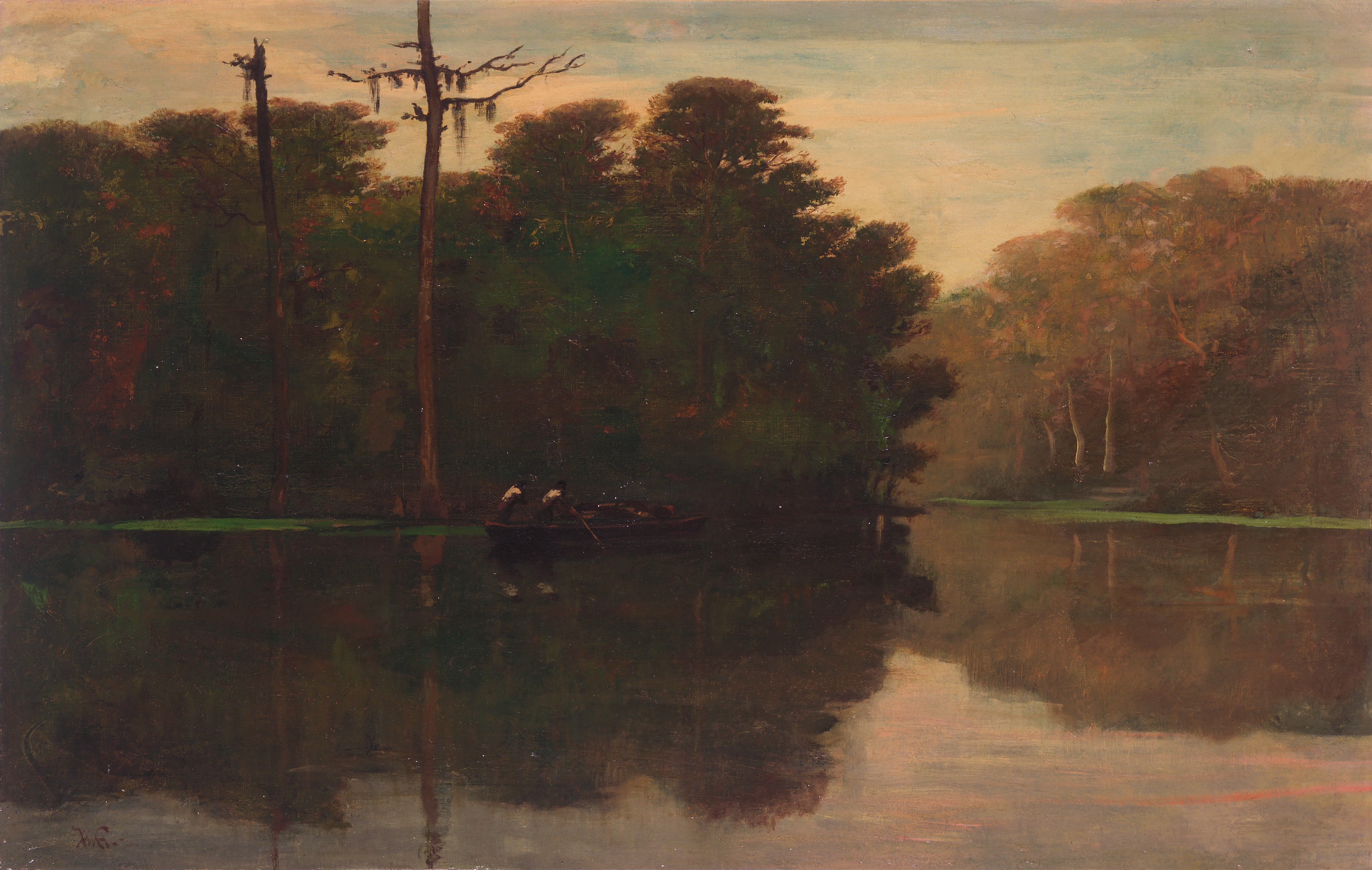Fog over San Quentin State Prison, San Quentin, California (from the Prisonation series)

What forms of power shape this landscape?
This view of San Quentin State Prison shows California’s oldest and most notorious prison veiled behind a foggy mist. Birk’s landscape documents the transformation of California from a mythical Eden into the home of one of the nation’s largest incarcerated populations. According to Birk, the works in his Prisonation series are “based on the California landscape paintings of the 1880s, the image of California, and the romance of the West and the reality of what the West has become.”

